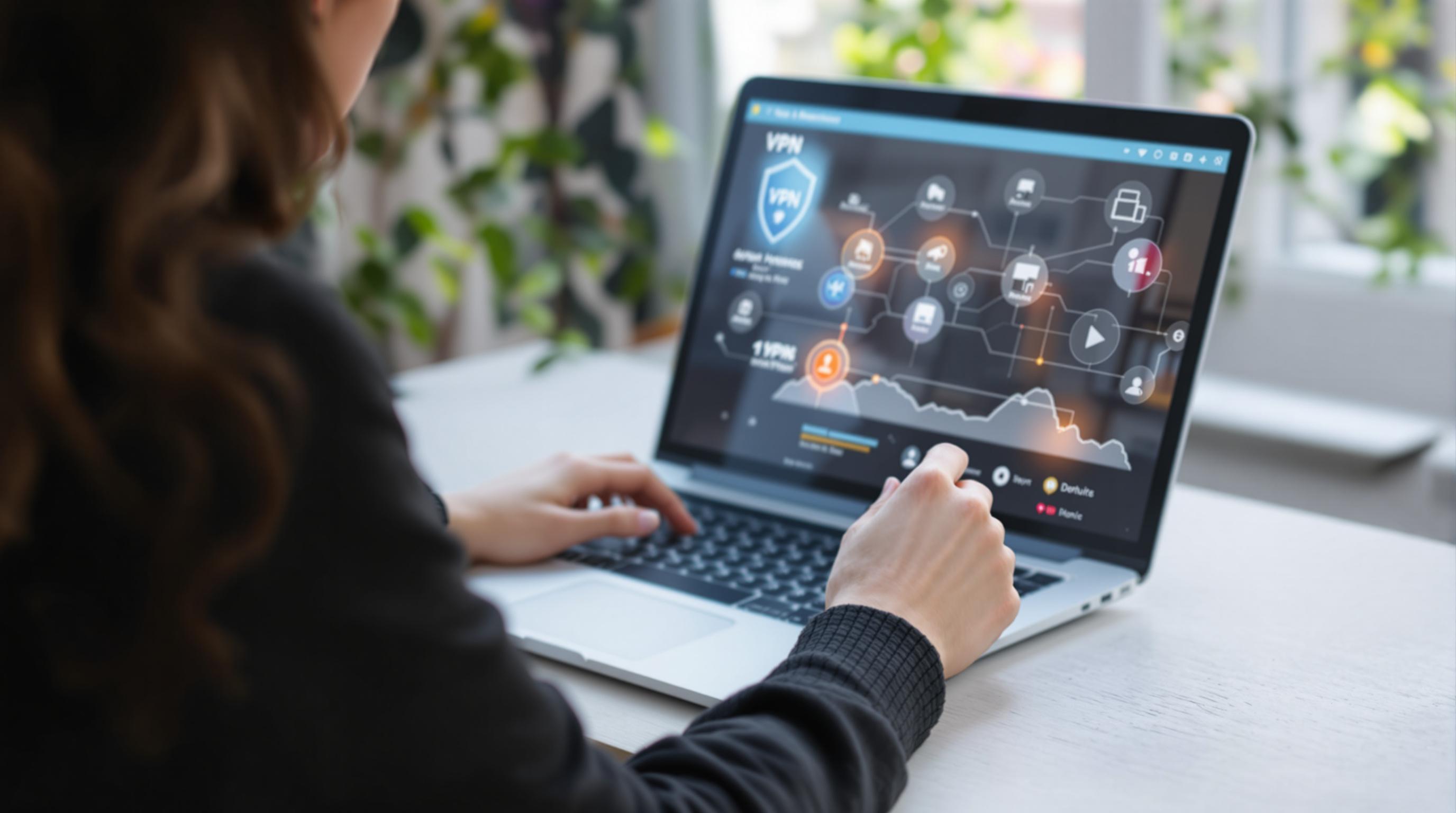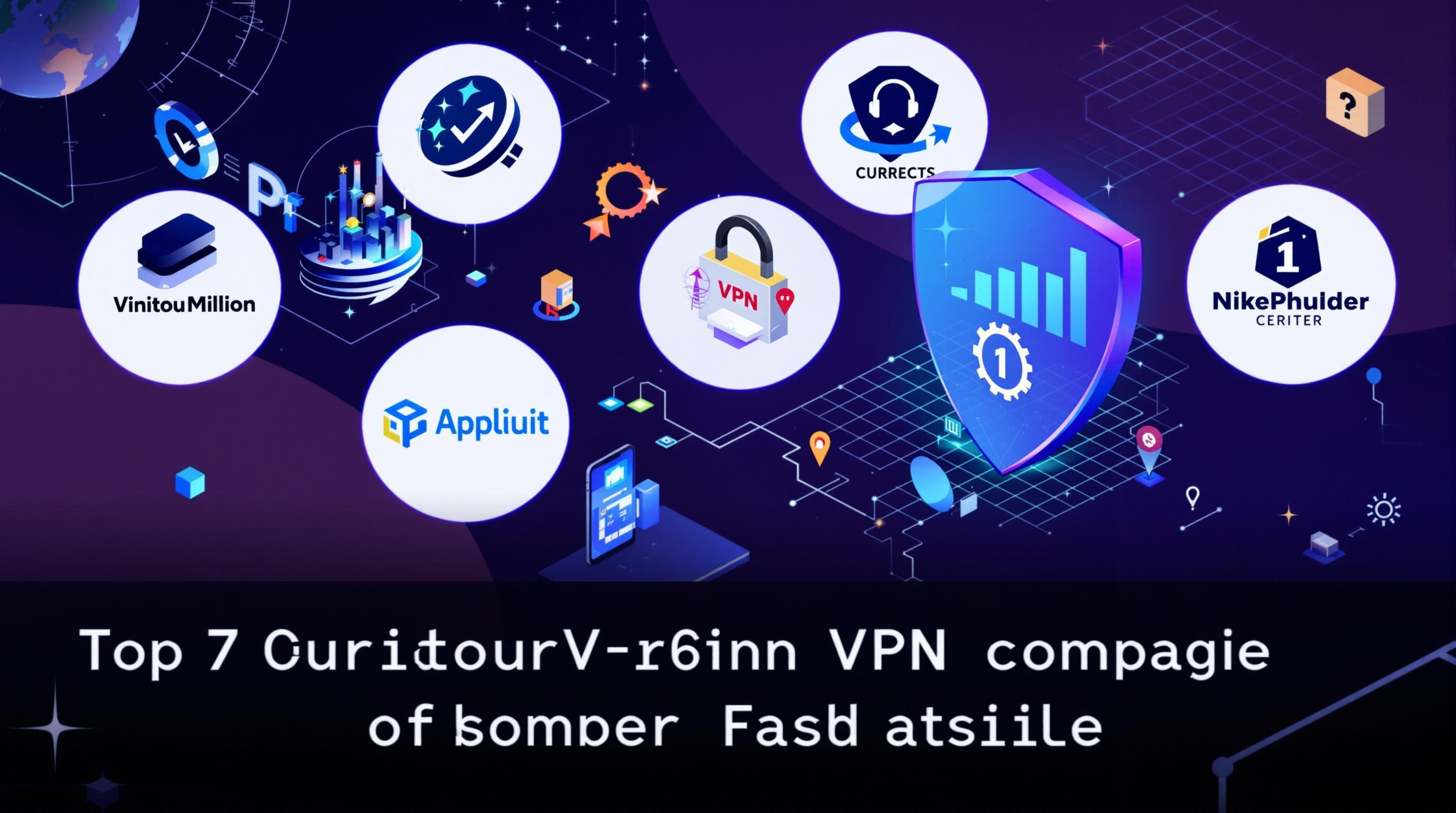Related Articles
- The Silent Guardians: How Offline Digital Vaults Are Redefining Personal Security in a Hyperconnected World
- Unseen Footprints: How Browser Extensions Quietly Shape Your Digital Identity Without Consent
- The Unexpected Role of Quantum Computing in Revolutionizing Confidential Digital Correspondence
- Unveiling the Silent Guardians: How Antivirus Software Shapes Digital Mental Wellness in Unexpected Ways
- Uncharted Pathways: How Cognitive Biases Secretly Influence Network Security Decisions
- Unveiling the Role of VPNs in Protecting Smart Home Devices from Emerging Cyber Threats
Unveiling the Role of VPNs in Protecting Smart Home Devices from Emerging Cyber Threats
Unveiling the Role of VPNs in Protecting Smart Home Devices from Emerging Cyber Threats
VPNs have emerged as a vital shield in the defense against the escalating cyber threats targeting smart home devices, offering encryption and privacy where vulnerabilities once thrived. This article explores how VPNs protect our connected homes, the risks we face, and practical tips for safeguarding the digital sanctuaries we rely on daily.
By Lucas, age 29
The Rising Tide of Smart Home Vulnerabilities
The modern smart home is a symphony of interconnected devices—from thermostats and refrigerators to security cameras and smart locks—all connected through the internet. Yet, with convenience comes risk. According to a 2023 study by the Cybersecurity and Infrastructure Security Agency (CISA), over 70% of smart home devices surveyed had at least one critical security vulnerability, making them prime targets for hackers.
Imagine a hacker infiltrating your smart thermostat to manipulate your home temperature or breaking into your security camera feed to spy on your family. The horror stories are real: in 2022, a family's smart door lock was overridden by cybercriminals during a vacation, leaving the home vulnerable for days. The implications are chilling and call for robust protection methods.
Why VPNs? A Simple Explanation
Think of a VPN (Virtual Private Network) as a secure tunnel that encrypts your internet traffic, preventing outsiders from peeking into your data or intercepting your communications. When your smart devices communicate over the internet through a VPN, they’re cloaked in layers of security, making it significantly harder for cybercriminals to snoop or hack.
It's like sending your messages in a locked briefcase rather than a postcard.
The Anatomy of a VPN’s Protection for Smart Homes
At its core, VPN technology encrypts all outbound and inbound data, masking your IP address and securing your online identity. For smart home devices, this means that their data transmissions—whether a coffee maker signaling it’s time to brew or a security camera streaming footage—are protected from interception.
Moreover, VPNs often provide DNS leak protection and create an extra layer of anonymity. As an example, a 2021 report by NortonLifeLock highlighted that smart devices connected through a VPN experienced a 60% reduction in vulnerability to common attack vectors like Man-in-the-Middle (MitM) attacks.
Case Study: Protecting a Connected Household
Consider the Martins, a family of four living in Seattle, who installed smart speakers, lighting, and a surveillance system. After reading about potential cyber threats, they set up a VPN on their home router. Within weeks, the VPN thwarted several phishing attempts and suspicious login attempts from overseas IP addresses trying to access their devices. The Martins shared glowing feedback, asserting that the VPN gave them "peace of mind in an increasingly connected world."
The Casual Conversation: Is a VPN Really Necessary for Your Smart Home?
Look, I get it: not everyone’s a tech wizard. The idea of installing a VPN in your home might sound like setting up a rocket launch control panel. But in reality, it’s like putting a super strong lock on your front door, except this lock keeps hackers out of your network instead of just your house.
If you’re rocking Alexa, Google Home, smart bulbs, or any device that’s "smart" enough to connect online, your gadgets are talking to the internet 24/7. A VPN helps make sure those chats stay private and secure. Plus, with more companies offering easy VPN services and routers preconfigured for VPN use, it's easier than ever.
Emerging Cyber Threats and How VPNs Factor In
Cyber attacks evolve constantly—ransomware, botnets, DDoS attacks targeting IoT devices. For instance, the infamous Mirai botnet exploited thousands of smart devices in 2016, causing major internet outages across the globe. While VPNs cannot stop an attack completely, they significantly reduce attack surfaces by masking device identities and encrypting data streams.
By routing smart device traffic through encrypted tunnels, VPNs help prevent attackers from hijacking these devices or eavesdropping on data communication.
Humor Break: Smart Home or Dumb Target?
Imagine your smart toaster starts sending your breakfast preferences directly to a hacker. "Extra crispy bagels, please!" Great, unless that hacker decides to turn your toaster into a weaponized popcorn machine. Jokes aside, as ridiculous as this sounds, weird things do happen when IoT devices are left unsecured.
VPNs can keep your kitchen appliances from joining the dark web of hax0rs and digital miscreants.
Steps to Implement VPNs in Your Smart Home
Getting started with VPNs is simpler than you might think:
- Choose a reputable VPN service that supports router-level installation.
- Install the VPN on your home router so all connected devices route their traffic through the VPN automatically.
- Regularly update your router firmware and VPN client software.
- Combine VPN use with strong passwords, two-factor authentication, and regular device updates.
This holistic approach ensures that VPNs deliver their full potential in protecting your digital ecosystem.
Formal Perspective: The Legal and Privacy Imperative
With privacy laws tightening globally, compliance has become crucial. VPNs not only secure your devices but help users navigate jurisdictions with varying data privacy regulations. According to the 2024 Privacy Rights Report, over 45% of IoT data breaches in households were linked to inadequate encryption standards. By encrypting data traffic, VPNs align with best practices for consumer privacy and legal compliance, fostering safer digital environments.
Looking Ahead: The Future of Smart Homes & VPNs
As technology advances, manufacturers are including more robust security features, yet the shift toward widespread VPN adoption in homes remains critical. Future VPN protocols promise even higher speeds and lower latencies, addressing concerns about the impact on device performance.
Experts predict that by 2030, smart home devices will outnumber humans by a ratio of 6:1 globally. Ensuring their security through VPNs and complementary tools must become a mainstream practice to safeguard privacy and operational integrity.
In Conclusion: Your Smart Home's Digital Guardian
Using a VPN is more than a tech trend—it’s a necessary upgrade in protecting the smart home revolution. From encrypting your data to shielding devices from ever-evolving cyber attacks, VPNs play a pivotal role in maintaining privacy and security in our connected lives.
Don't wait until a breach happens; consider VPNs the digital watchdogs guarding your smart home’s perimeter today.

